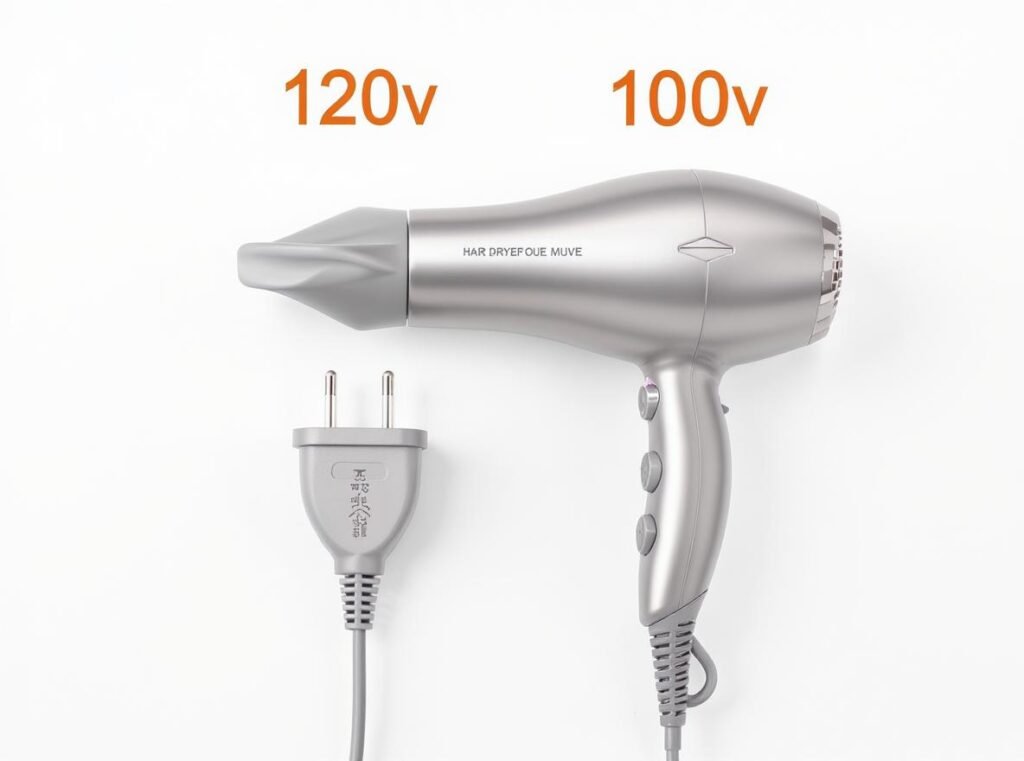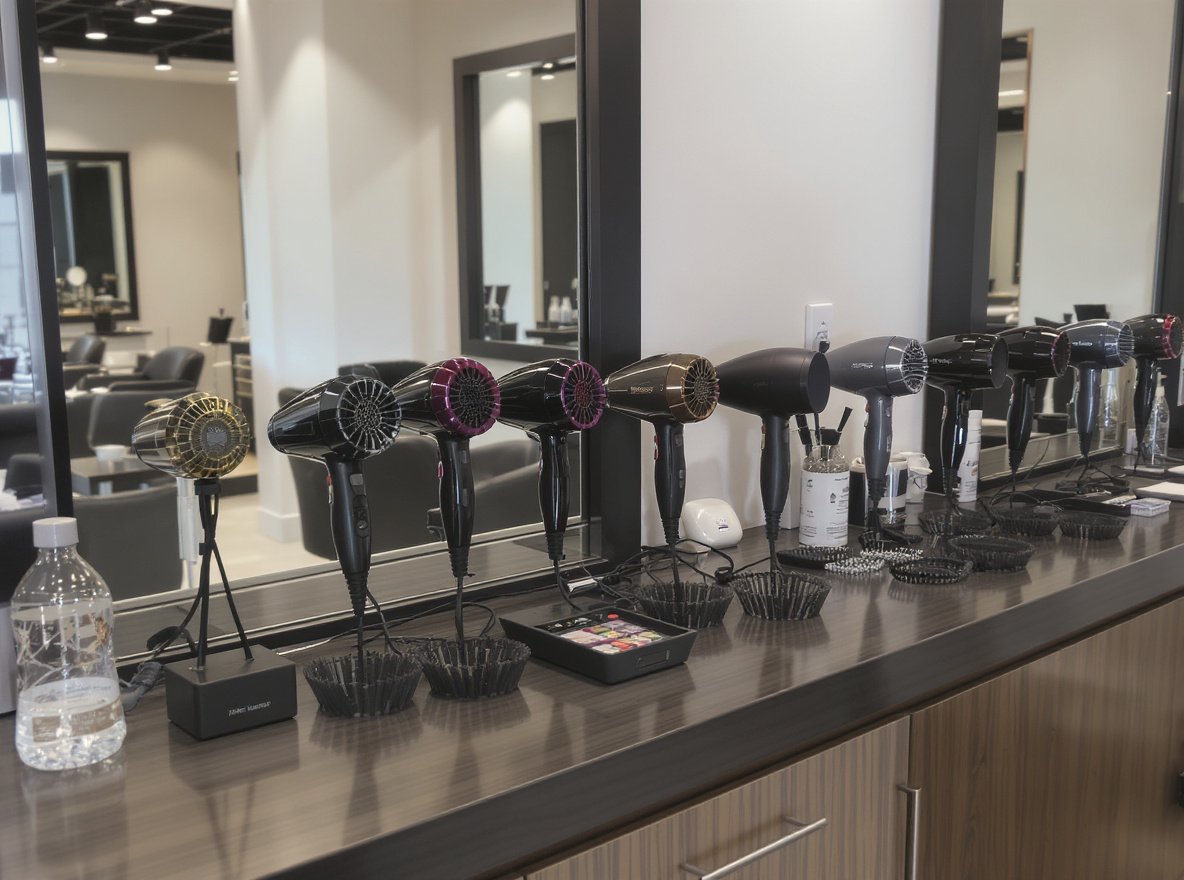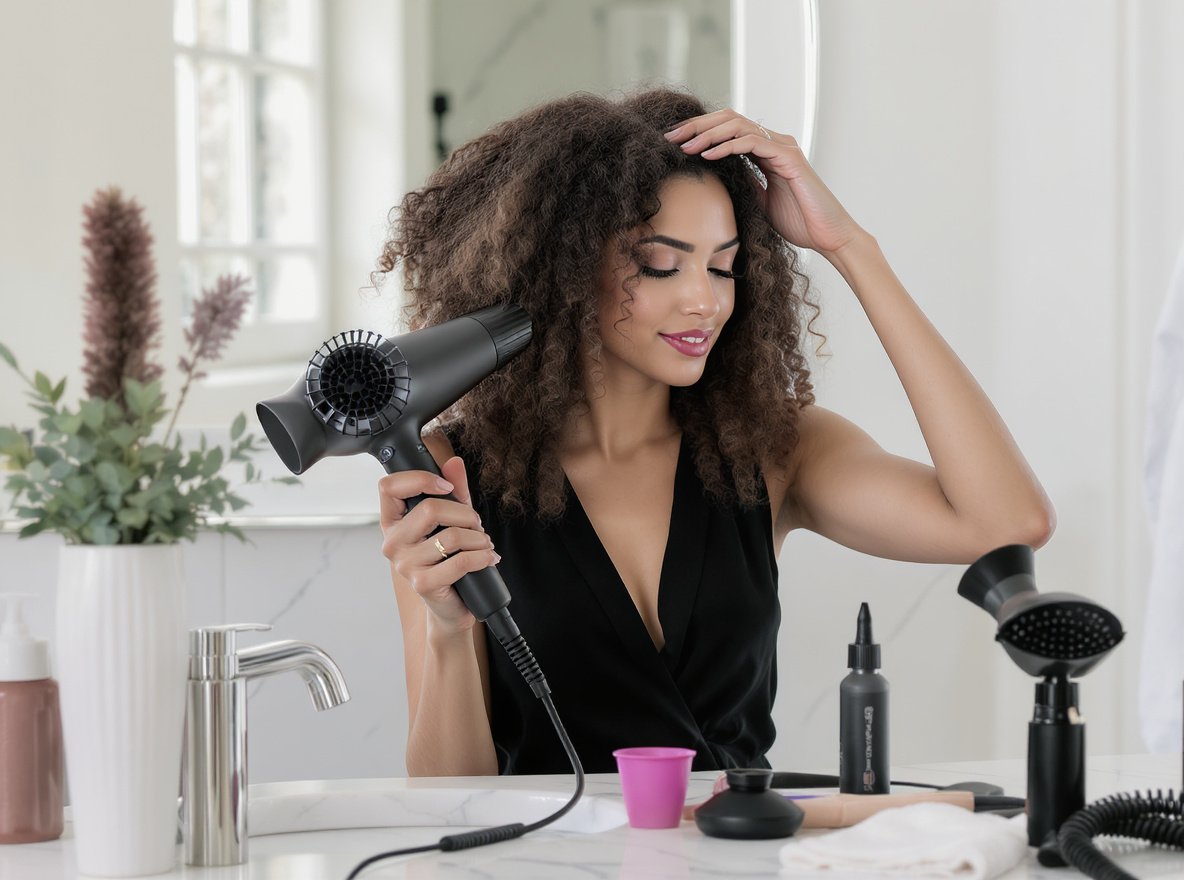Planning a trip to Japan or considering importing hair dryers between the US and Japan? You’re probably wondering about voltage compatibility and whether your American hair dryer will function properly in the Land of the Rising Sun. This electrical mismatch can damage your device or leave you with weak airflow when you need it most.
A US hair dryer will work in Japan, but with reduced performance and potential risks. Japan operates on 100V while the US uses 120V. Most US hair dryers will run on Japan’s lower voltage but won’t heat up properly, resulting in weaker airflow, longer drying times, and potential motor damage over time.
Let’s dive deeper into the voltage differences, compatibility options, and practical solutions for using hair dryers between these two countries.
Table of Contents
ToggleWhat’s the Voltage Difference Between US and Japan?
Understanding the electrical standards is crucial before plugging in any device across international borders.
The fundamental difference lies in voltage standards: Japan operates on 100V while the United States uses 120V. Japan is unique as the only country in the world with 100-volt electricity, making this 20V difference significant enough to affect appliance performance.
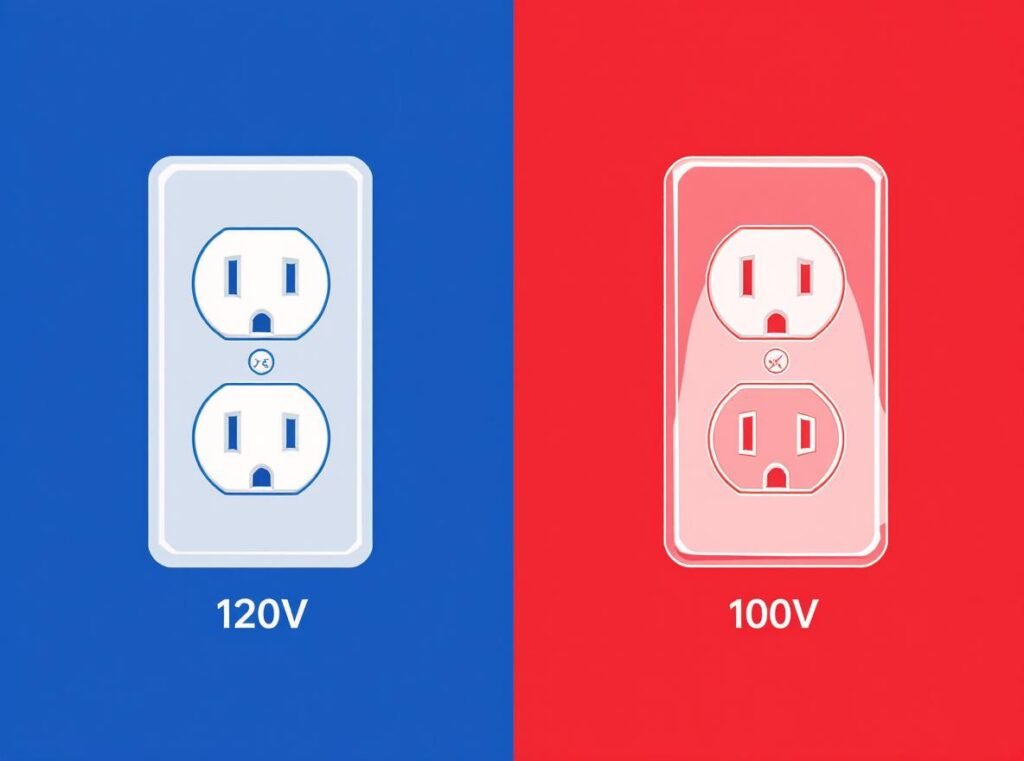
Key Electrical Differences
Japan’s distinctive electrical system creates several challenges for US appliances:
- Reduced heating capacity: Hair dryers generate less heat in Japan
- Slower drying times: Lower voltage equals reduced motor speed
- Weaker airflow: Fan performance decreases with lower voltage
- Potential motor damage: Risk increases over time due to voltage mismatch
Frequency Variations Add Complexity:
- Eastern Japan (Tokyo): 50 Hz frequency
- Western Japan (Osaka): 60 Hz frequency
- United States: 60 Hz nationwide
| Country | Voltage | Frequency | Effect on Hair Dryers |
|---|---|---|---|
| United States | 120V | 60Hz | Optimal performance |
| Japan (East) | 100V | 50Hz | 17% slower motor speed |
| Japan (West) | 100V | 60Hz | Normal speed, reduced heat |
When using a 60Hz hair dryer on 50Hz power, the motor runs approximately 17% slower, reducing airflow and potentially causing overheating due to less air circulation.
Will My US Hair Dryer Work in Japan Without Damage?
Safety considerations extend beyond simple functionality when using electrical devices internationally.
Standard US hair dryers (120V only) will function in Japan but at reduced power and efficiency. While they won’t immediately break, there’s a risk of motor damage over time, potential overheating due to reduced fan speed, and heating elements may not reach optimal temperatures.
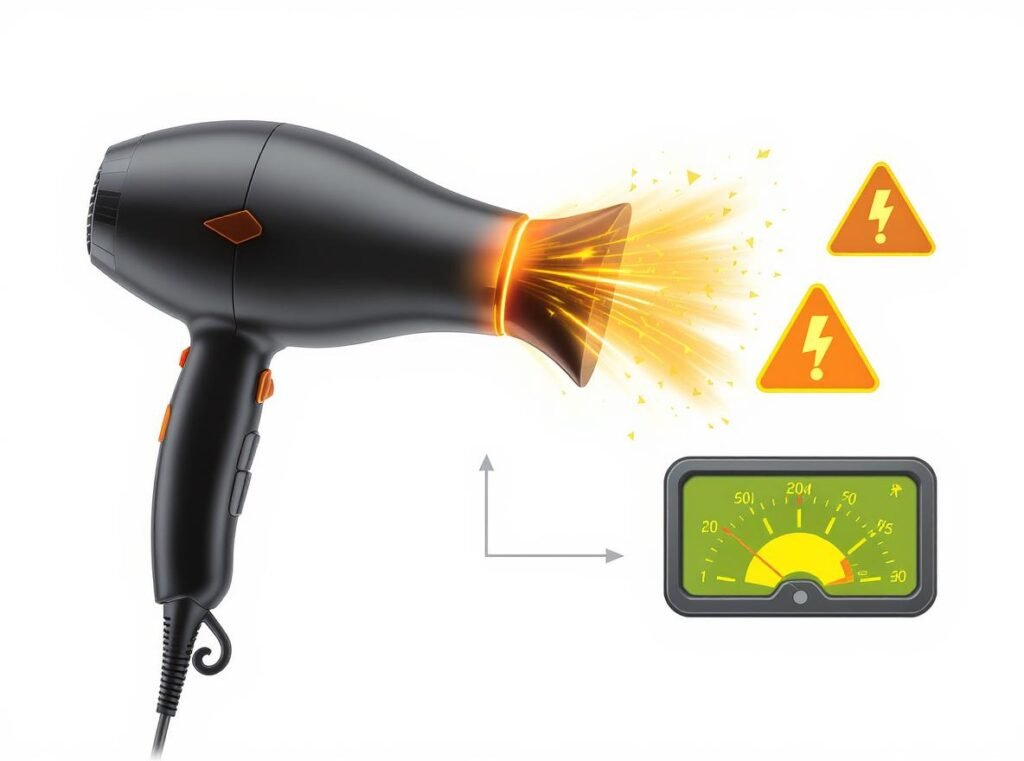
What Happens When You Use a US Hair Dryer in Japan
The voltage and frequency differences create several performance issues:
Immediate Effects:
- Heat output drops significantly
- Motor speed decreases, especially in eastern Japan
- Drying time increases substantially
- Overall efficiency decreases
Long-term Risks:
- Motor damage: Voltage mismatch can cause premature wear
- Overheating: Reduced fan speed limits cooling
- Inconsistent performance: Varies by region due to frequency differences
- Safety concerns: Potential fire hazards from prolonged use
Expert Warning:
Electronics professionals strongly advise against using single-voltage appliances without proper conversion, as the risks often outweigh any temporary convenience.
How to Check If Your Hair Dryer is Dual Voltage?
Before traveling or importing, determine your hair dryer’s voltage compatibility using these proven methods.
Check the label on your device – if it says “100-240V” or “110-240V” input, then you’re good to go and can use it anywhere in the world including Japan. Single voltage models will only show “120V” or “110V”.
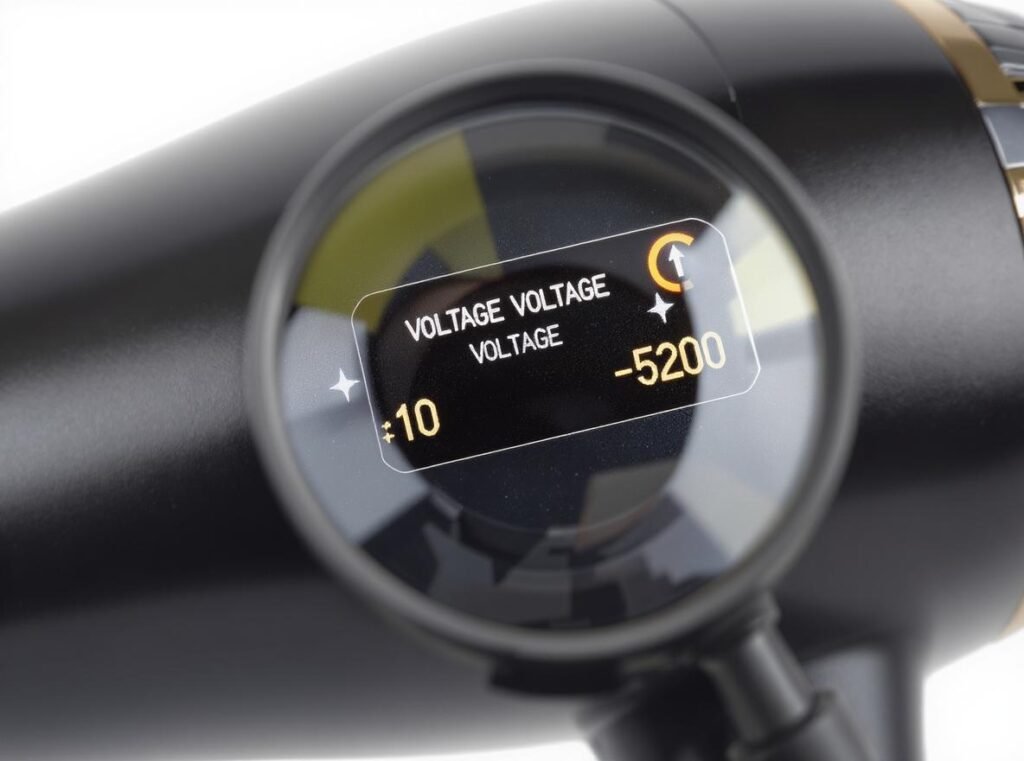
Reading Your Hair Dryer’s Specifications
Look for these voltage specifications in multiple locations:
Label Locations:
- Device body (usually on the back or handle)
- Power cord near the plug
- User manual specifications section
- Original packaging technical details
Voltage Indicators:
- Universal/Dual Voltage: “100-240V” or “110-240V”
- Single Voltage: “120V” or “110V” only
- Frequency: “50-60Hz” for universal models
Manual Voltage Switches
Some hair dryers feature a small manual switch (usually requiring a pen tip) to toggle between voltage settings. This switch is typically located:
- Near the power cord connection
- On the device body
- Behind a small sliding cover
| Voltage Range | Compatibility | Safety Level | Recommendation |
|---|---|---|---|
| 100-240V | Universal | High | Ideal for travel |
| 110-240V | Most countries | High | Good for business |
| 120V only | US/Canada | Low in Japan | Avoid international use |
What Are the Best Hair Dryer Solutions for US-Japan Use?
Several practical solutions exist, each with distinct advantages for different user types.
For travelers and businesses, the most practical solutions are dual-voltage hair dryers, hotel amenities, or purchasing locally. Voltage converters are expensive, bulky, and present safety risks, making them unsuitable for hair dryers.
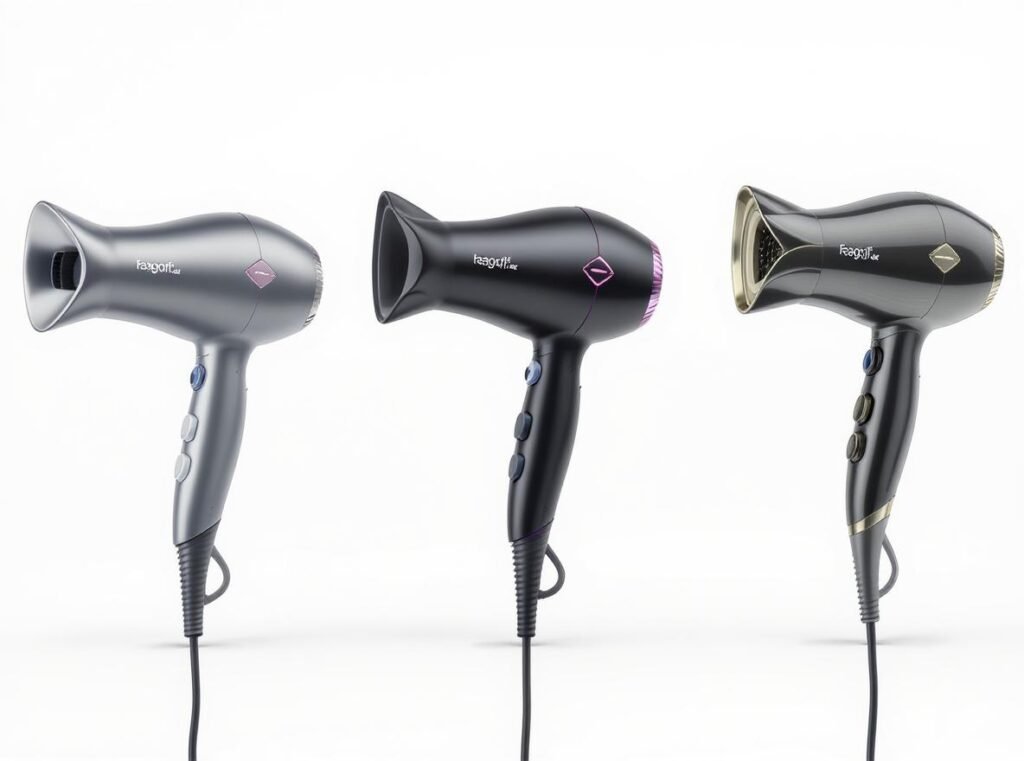
Solution 1: Dual-Voltage Hair Dryers (Recommended)
Professional-grade dual-voltage models offer the best performance and safety:
Top Dual-Voltage Models:
- BaBylissPRO Nano Titanium Travel Dryer: Professional salon quality with 100-240V compatibility
- Conair Travel Hair Dryer: Compact design with dual voltage and folding handle
- Revlon Fast Dry Travel Styler: Lightweight option with multiple heat settings
Business Advantages:
- Works safely in both countries
- No additional equipment needed
- Compact and travel-friendly
- Professional performance maintained
Solution 2: Hotel Amenities and Local Options
Most hotels in both countries provide hair dryers, though quality varies significantly:
Hotel Hair Dryer Considerations:
- Guaranteed voltage compatibility
- No luggage space required
- Often wall-mounted for convenience
- Variable quality and power levels
Solution 3: Voltage Converters (Not Recommended)
Experts strongly advise against voltage converters for hair dryers due to:
Significant Drawbacks:
- Expensive: Often cost more than buying a new dryer
- Heavy and bulky: Described as “weight of a cinder block”
- Safety risks: Fire hazards and electrical dangers
- High wattage requirements: Need 1300W+ converters
- Impractical: Not suitable for high-wattage appliances
Should Wholesalers Import Dual-Voltage Hair Dryers?
For businesses in the hair dryer distribution industry, dual-voltage models represent significant market opportunities.
Dual-voltage hair dryers represent excellent opportunities for wholesalers and distributors. There’s clear market demand for models that work in both US (120V) and Japanese (100V) markets, with Chinese manufacturers offering competitive pricing and established supply chains.
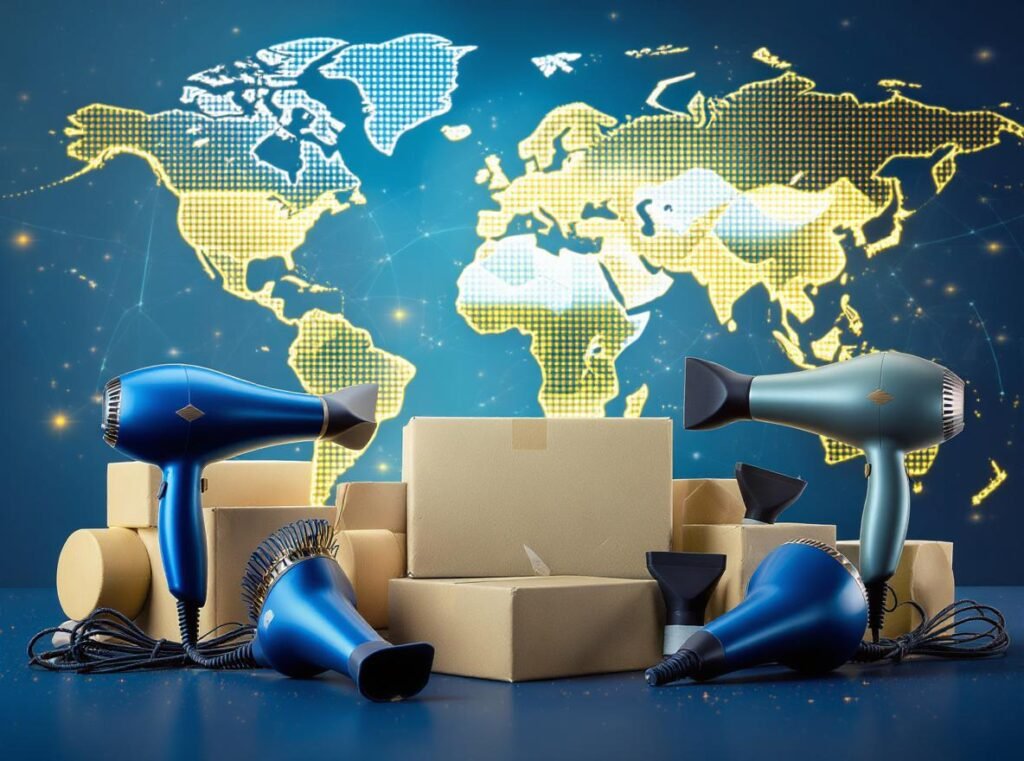
Market Specifications and Opportunities
Key Wholesale Specifications:
- Voltage range: 100-240V, 50-60Hz compatibility
- Wattage: 1200W-1875W (standard range)
- Certifications: CE, RoHS, PSE (required for Japan)
- Features: Foldable handles, multiple heat settings, ionic technology
Supplier Information:
- Chinese manufacturers: MOQs around 3,000-12,000 pieces
- Price range: $5-15 per unit FOB
- Lead times: Typically 15-30 days for production
- Customization: Private labeling and custom colors available
Professional Recommendation: Laifex P1C High-Speed Hair Dryer
For wholesalers seeking premium dual-voltage solutions, the Laifex P1C high-speed hair dryer offers:
Key Features:
- Universal 100-240V compatibility
- High-speed motor technology for both markets
- Professional salon performance standards
- Suitable for both US and Japanese electrical systems
Business Benefits:
- Single SKU for multiple markets
- Reduced inventory complexity
- Higher profit margins
- Enhanced customer satisfaction
Ready to expand your market reach? Visit Laifex P1C Hair Dryer for detailed specifications and wholesale pricing.
What Safety Precautions Should You Take?
Proper safety measures prevent electrical hazards and ensure optimal performance across different systems.
Always verify voltage compatibility before use, monitor for overheating or unusual sounds, and never exceed appliance voltage ratings. When in doubt, use hotel-provided devices or consult the manufacturer directly.
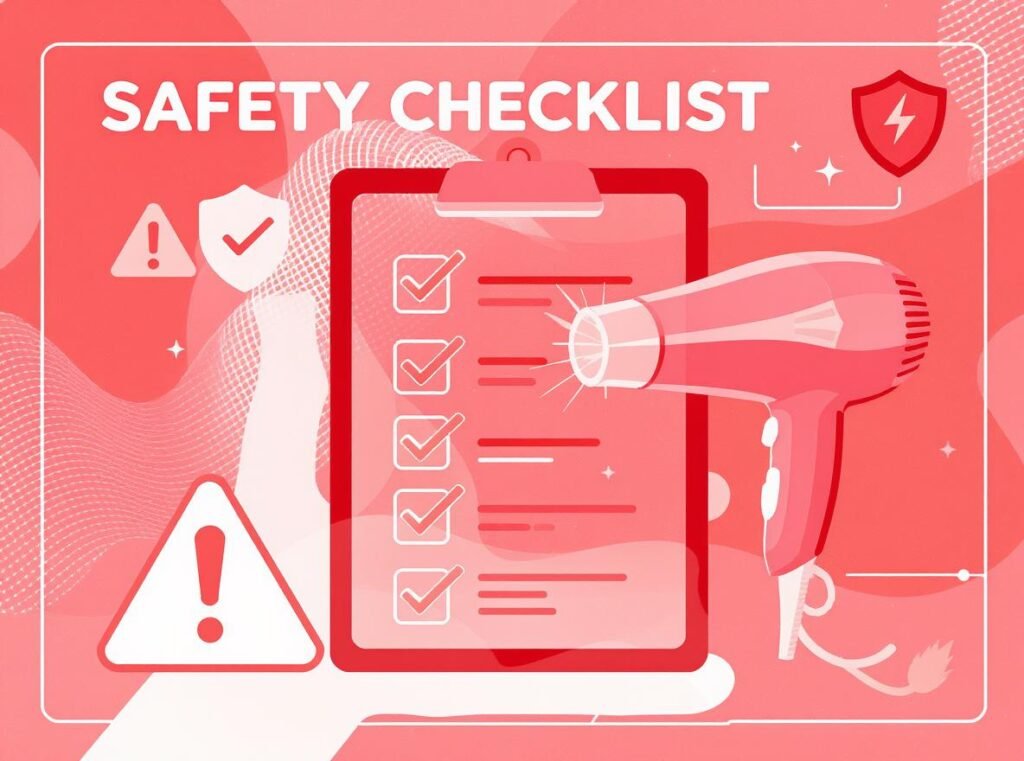
Essential Safety Guidelines
Pre-Travel Checklist:
- Check voltage specifications on device label
- Verify frequency compatibility for your destination
- Pack appropriate plug adapters if needed
- Review TSA regulations for carry-on travel
During Use:
- Monitor device temperature regularly
- Listen for unusual sounds or performance changes
- Unplug when not in use
- Keep away from water (standard electrical safety)
Red Flags to Avoid:
- Using single-voltage appliances without proper conversion
- Relying on inadequate voltage converters
- Ignoring manufacturer voltage specifications
- Forcing connections or using damaged cords
What Are Alternative Hair Styling Solutions?
Consider these practical alternatives when electrical compatibility becomes challenging.
Beyond traditional hair dryers, several alternatives can meet styling needs while traveling internationally, from no-heat styling techniques to professional salon services, each offering unique advantages for different travel scenarios.
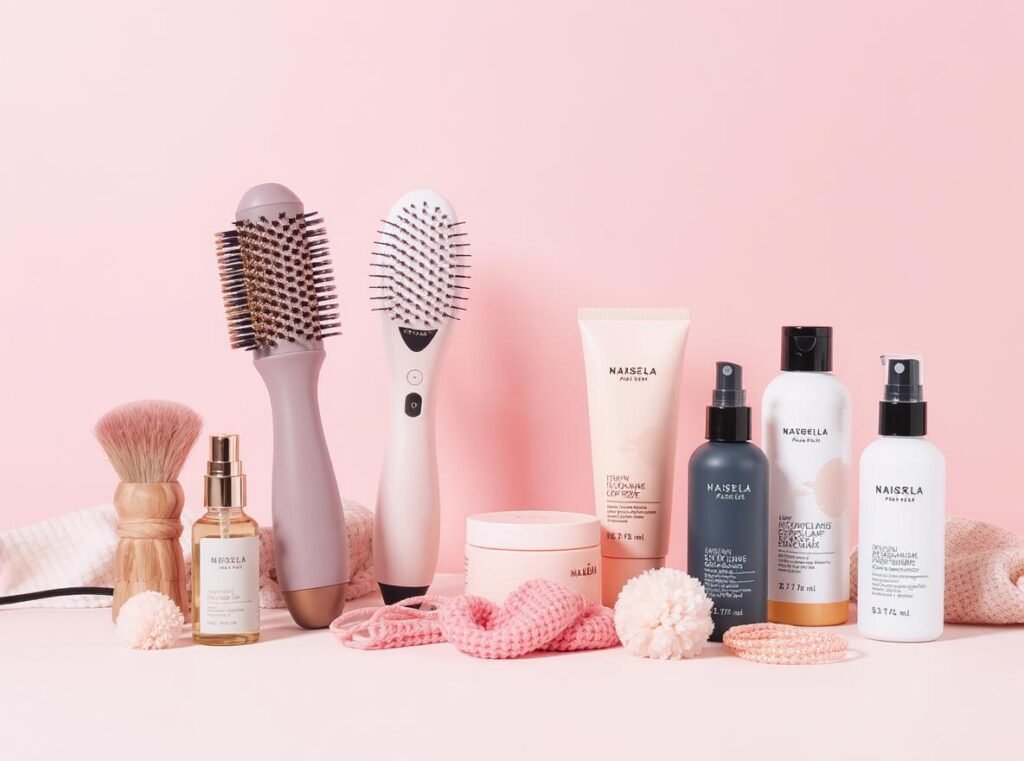
No-Heat Styling Techniques
Overnight Styling Methods:
- Braids and twists: Create waves and texture without heat
- Hair accessories: Headbands, clips, and scrunchies for quick styles
- Wet-setting techniques: Use styling products on damp hair
Travel-Friendly Products:
- Leave-in conditioners: With UV protection for outdoor activities
- Hair oils: In travel-sized containers for shine and control
- Styling creams and mousses: For natural texture enhancement
- Dry shampoo: Volume and oil control without washing
Professional Services
Local Options:
- Hotel salon services with proper equipment
- Local beauty salons familiar with different hair types
- Airport styling services for business travelers
- Professional blow-dry bars in major cities
| Solution | Pros | Cons | Best For |
|---|---|---|---|
| Dual-voltage dryer | Universal use, safe | Higher initial cost | Frequent travelers |
| Hotel amenities | Free, compatible | Limited control | Short business trips |
| No-heat styling | No equipment needed | Time-consuming | Casual travelers |
| Professional services | Guaranteed results | Ongoing cost | Special occasions |
How Do Frequency Differences Affect Performance?
Understanding frequency variations helps predict hair dryer performance across different regions of Japan.
Japan’s electrical system features regional frequency variations that significantly impact motor-driven appliances. Eastern Japan (including Tokyo) uses 50Hz while western Japan (including Osaka) uses 60Hz, compared to the US standard of 60Hz nationwide.

Regional Performance Variations
Eastern Japan (50Hz) Effects:
- Motor runs approximately 17% slower
- Reduced airflow and drying efficiency
- Potential overheating due to less air circulation
- Increased risk of motor damage over time
Western Japan (60Hz) Effects:
- Normal motor speed (same as US)
- Reduced heat due to lower voltage
- Better overall performance than eastern regions
- Still requires voltage consideration
Planning Considerations:
Most modern hair dryers with universal motors are relatively unaffected by frequency differences compared to other appliances, but the combination of voltage and frequency changes can significantly impact performance.
Summary
US hair dryers will work in Japan but with reduced performance and potential safety risks due to voltage differences (120V vs 100V) and frequency variations (50Hz in eastern Japan). While devices won’t immediately break, expect weaker airflow, longer drying times, and possible motor damage over time. The best solutions include dual-voltage hair dryers like the BaBylissPRO Nano Titanium or Conair Travel models, hotel amenities, or local purchases.

For wholesalers and distributors, dual-voltage models present excellent market opportunities with Chinese suppliers offering competitive pricing and established supply chains. The Laifex P1C offers premium dual-voltage performance for businesses seeking to serve both US and Japanese markets. Ready to explore professional-grade dual-voltage solutions? Browse our comprehensive product line and contact us for wholesale inquiries that can expand your market reach across both countries while ensuring customer safety and satisfaction.

